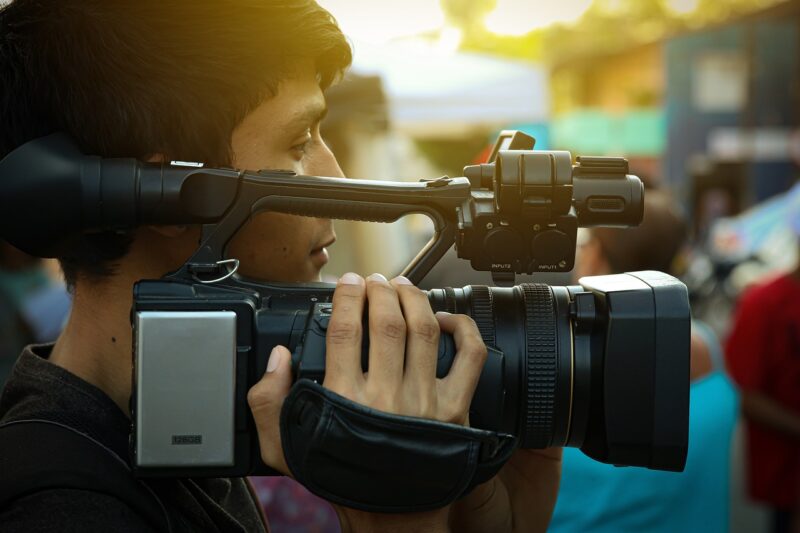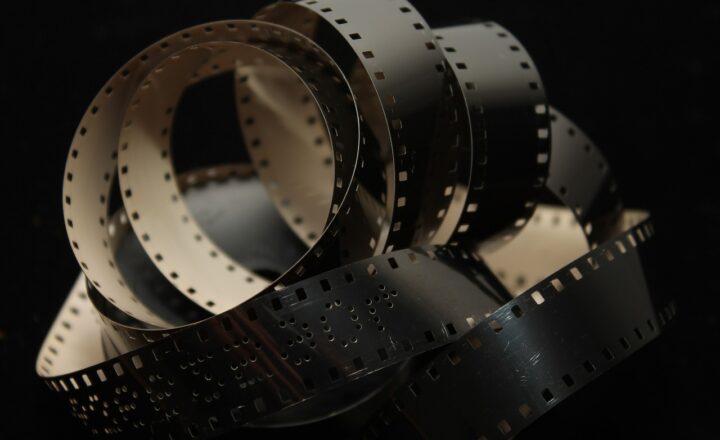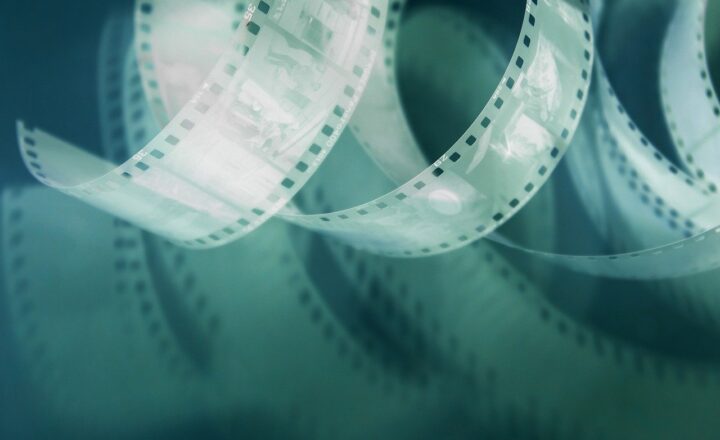Exploring Cinematography Techniques in Today’s Film Industry
November 15, 2024

Cinematography is an integral aspect of filmmaking that encompasses not just how a scene is filmed but also how it conveys a story, evokes emotions, and captures the audience’s attention. In today’s film industry, the role of a cinematographer has evolved dramatically due to advancements in technology, the rise of digital filmmaking, and the ever-changing tastes of audiences. This article explores the various cinematography techniques prevalent in contemporary cinema, providing insights into how they enhance storytelling and visual aesthetics.
1. The Evolution of Cinematography
Cinematography, often referred to as the art of photography in filmmaking, has undergone significant transformations since its inception. Early films relied heavily on static camera angles and basic lighting setups due to technological limitations. However, the introduction of color films, steady cameras, and digital technology has opened new avenues for visual storytelling.
Today, cinematographers use an array of tools and techniques, from drones to stabilized rigs, making it possible to shoot dynamic sequences that were previously unachievable. This evolution has led filmmakers to experiment with different styles, fundamentally changing how stories are presented on-screen.
2. Key Cinematography Techniques
Today’s cinematographers utilize numerous techniques to achieve their creative vision. Here are some key techniques that have gained prominence in the modern film industry:
2.1. Camera Movement
Dynamic camera movement has become an essential component of contemporary cinematography. Techniques such as tracking shots, dolly shots, and crane shots help create a sense of immersion and fluidity in storytelling. For example, in films like “Birdman,” the seamless flow of the camera evokes the feeling of continuous action, engaging the audience more deeply.
Additionally, handheld cameras are often used to evoke a sense of realism and immediacy, allowing viewers to feel as though they are part of the action. This technique has been effectively employed in various genres, including dramas, thrillers, and action films.
2.2. Lighting Techniques
Lighting is one of the most critical elements of cinematography that profoundly influences the mood and tone of a film. Modern cinematographers use various lighting styles to achieve their desired effects:
- High-Key Lighting: This style minimizes shadows and creates an upbeat and cheerful atmosphere, often seen in comedies and musicals.
- Low-Key Lighting: Used extensively in horror and thriller genres, low-key lighting creates suspense through harsh shadows and stark contrasts.
- Natural Lighting: This approach uses existing light sources to create authenticity, often applied in independent films and documentaries.
The interplay between light and shadow can convey emotions and highlight character developments, making it a powerful storytelling tool.
2.3. Composition and Framing
Composition determines how elements are arranged within a frame, including the placement of characters, backgrounds, and objects. Cinematographers use concepts like the rule of thirds, leading lines, and symmetry to direct viewer attention and enhance storytelling.
The use of depth of field is another critical component. By utilizing shallow depth of field, cinematographers can focus on specific subjects while blurring the background, thus emphasizing inner thoughts and emotions. Films such as “Roma” meticulously employ these techniques to create surreal, immersive visuals that resonate emotionally with the audience.
2.4. Color Grading
In the digital age, color grading has emerged as a vital aspect of post-production, allowing cinematographers and colorists to manipulate colors to evoke specific moods and atmospheres. Films like “Mad Max: Fury Road” proudly display the impact of color grading on their visual storytelling. Anxious, desaturated tones may represent despair, while vibrant colors can indicate vitality and hope.
The ability to control color during editing helps filmmakers refine their narrative and ultimately influences the audience’s emotional journey throughout the film.
3. The Impact of Technology on Cinematography
Technological advancements have revolutionized cinematography, allowing for unparalleled creativity and innovation in filmmaking.
3.1. Digital Cameras
Digital cameras have made it possible for filmmakers to shoot in varying conditions, including low light, without sacrificing quality. High-resolution cameras, such as the RED and ARRI Alexa series, enable cinematographers to capture stunning visuals that are rich in detail and color, offering the flexibility for extensive post-production work.
Additionally, the accessibility of affordable cameras has fostered a democratization of filmmaking, encouraging budding filmmakers to experiment with cinematography.
3.2. Drones and Aerial Shots
Drones have transformed the way filmmakers incorporate aerial shots into their films. Previously, capturing sweeping aerial views often required expensive equipment and extensive manpower. Today, filmmakers can achieve stunning aerial shots with a miniaturized drone, leading to unique perspectives and a more immersive viewing experience.
This new capability expands the possibilities for storytelling and allows cinematographers to craft breathtaking visuals that push creative boundaries.
3.3. Virtual Reality and CGI
Virtual reality (VR) and computer-generated imagery (CGI) have ushered in a new frontier for cinematography. Filmmakers can now create entire virtual worlds, allowing for imaginative storytelling that transcends traditional limitations. VR experiences offer audiences a 360-degree view of the story, deepening their connection to the narrative.
Movies like “The Lion King” and “Avatar” demonstrate the power of blending live-action with CGI, creating mesmerizing worlds where the boundaries between fiction and reality blur.
4. Cinematic Language: Building Emotion through Cinematography
Cinematography goes beyond visuals; it plays a pivotal role in shaping the audience’s emotional response. Filmmakers use varying techniques to communicate feelings and themes effectively.
4.1. Shot Selection
The choice of shots can convey different emotional tones. A close-up may evoke intimacy, while a wide shot can suggest isolation or grandeur. For instance, the repeated close-ups in “The Pursuit of Happyness” focus on the protagonist’s struggles, making the audience empathize intimately with his journey.
4.2. Pace and Timing
The pacing of shots, how quickly they change, and the rhythm of the editing create tension or release. Rapid cuts may generate excitement during action sequences, while longer, lingering shots can evoke reflection and contemplation. Directors and cinematographers must carefully consider the timing of each shot to deliver an impactful emotional experience.
5. Conclusion: The Art of Cinematography in Film
In conclusion, cinematography in today’s film industry is an ever-evolving discipline that marries technical prowess with artistic vision. With the advancements in technology, cinematographers have more tools at their disposal than ever before, allowing them to create captivating visuals that elevate storytelling to new heights.
By mastering various techniques, from camera movements to lighting and color grading, today’s cinematographers not only enhance the visual appeal of films but also deepen the audience’s emotional connection to the narrative. As cinema continues to evolve, the role of cinematography will remain crucial in shaping the way stories are told and experienced.
If you’re an aspiring filmmaker, understanding these techniques and keeping abreast of technological advancements can equip you with the tools necessary to craft compelling narratives in the captivating world of cinema.








